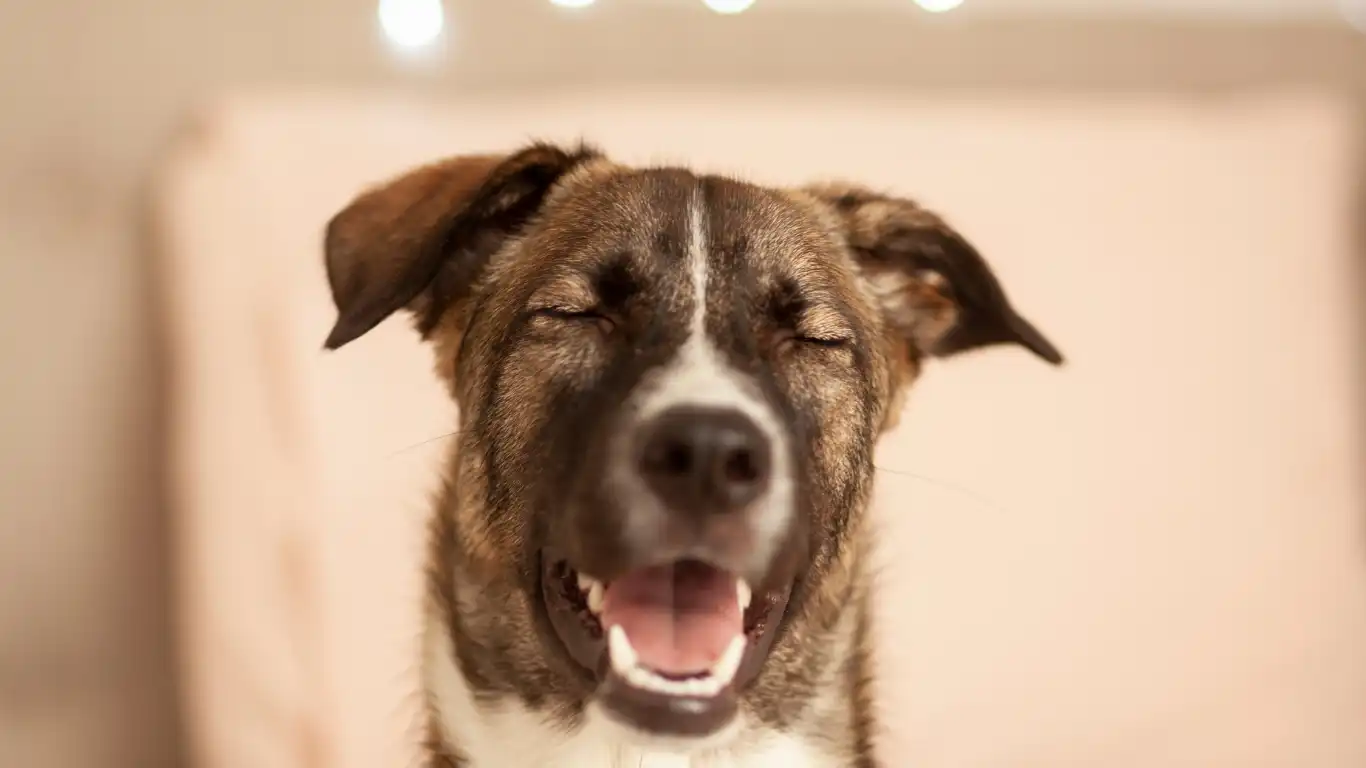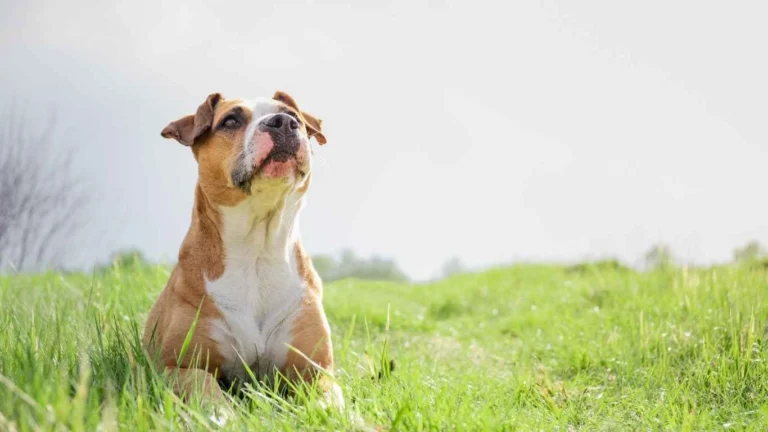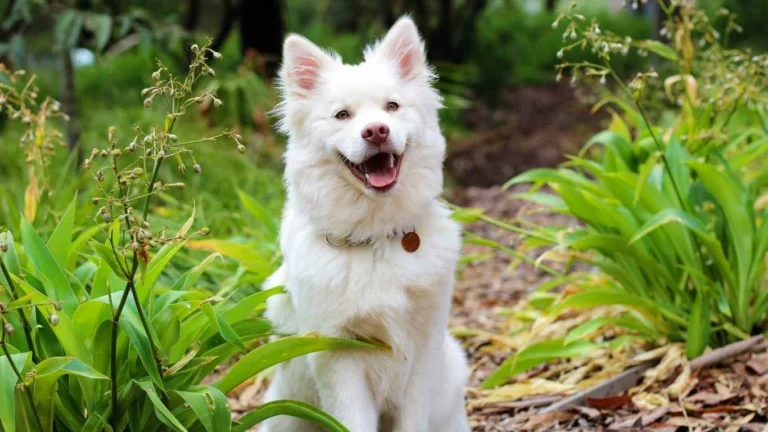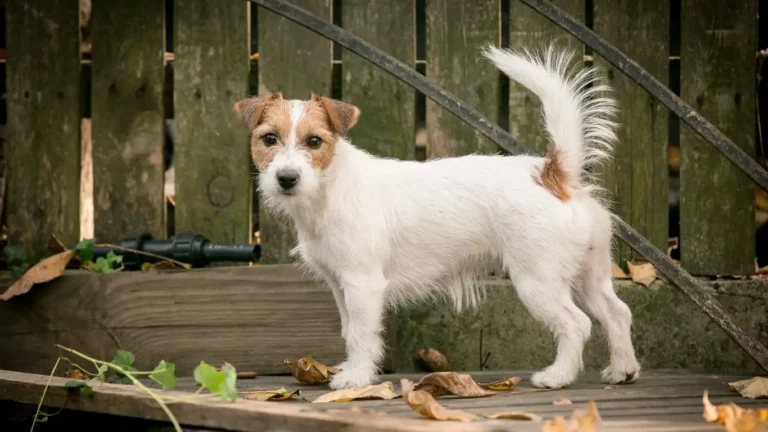Ultimate Guide: How to Comfort a Dog That’s Afraid of Being Alone
If you’ve ever come home to a nervous, trembling pup or seen your dog pacing anxiously when left alone, you know how heart-wrenching it can be. How to comfort a dog that’s afraid of being alone isn’t just a question—it’s a mission for many pet parents. From my years as a Veterinary Technician specializing in nutrition, I’ve learned that a dog’s emotional well-being is just as important as their physical health. Anxiety, especially separation anxiety, can take a toll not only on your furry friend but also on your peace of mind. Thankfully, there are some practical, effective ways to help your dog feel safe and loved, even when you’re not around.
Understanding Why Dogs Fear Being Alone
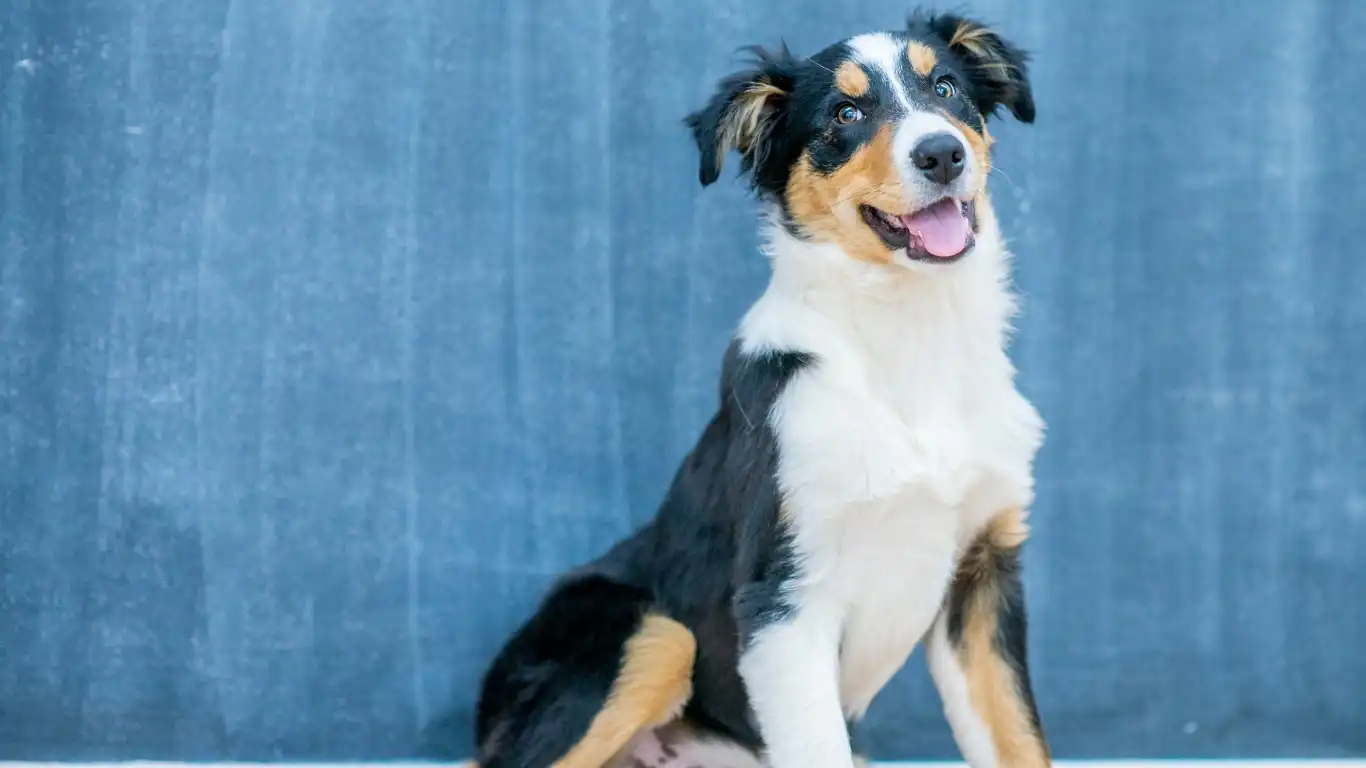
Before diving into how to comfort your dog, it’s key to understand why they get so anxious when left alone. Dogs are social creatures by nature. In the wild, they rely on their pack for safety and survival. Domestic dogs haven’t lost that instinct—they simply transfer it to their human family.
Separation anxiety can develop for many reasons: maybe your dog was rehomed, experienced trauma, or has had inconsistent routines. In my experience working closely with anxious dogs, one common thread is a lack of gradual acclimation to alone time. If your dog hasn’t been slowly taught that being alone is okay, their default reaction is often fear.
Recognizing the signs early—whining, barking, destructive behavior, or even house-soiling—can help you intervene before things escalate.
Common Signs Your Dog Is Anxious When Left Alone
- Excessive vocalization like barking or howling
- Pacing, panting, or drooling more than usual
- Destructive chewing on furniture, shoes, or doors
- Attempts to escape from crates or rooms
- Loss of appetite or refusal to eat when alone
Knowing these signs is the first step toward a calmer, happier pup.
How to Comfort a Dog That’s Afraid of Being Alone: First Steps
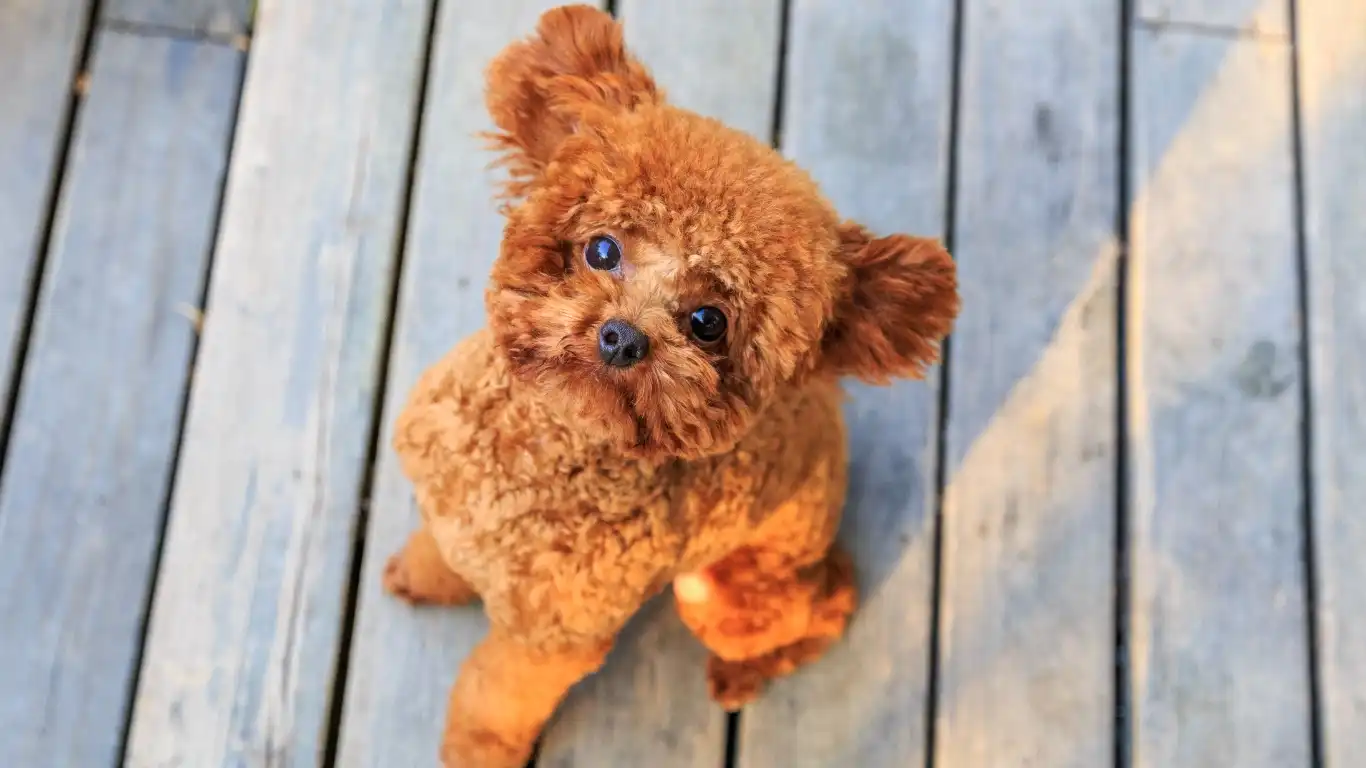
When it comes to comforting a dog that’s afraid of being alone, patience and consistency are your best friends. Here are some strategies that I’ve seen work well over the years, both in the clinic and at home with my own pets.
Start with Short Separations
One of the most effective ways to help your dog adjust is by practicing short, positive absences. Begin by leaving your dog alone for just a few minutes at a time, gradually increasing the duration. This helps build their tolerance and shows them that you always come back.
Create a Safe, Cozy Space
Dogs feel more secure when they have a designated “safe spot.” This could be a comfy crate, a favorite bed, or a quiet corner with their toys and a blanket. I always recommend adding something that smells like you, such as an old t-shirt, to soothe their nerves.
Use Calming Tools and Comfort Items
There are a variety of options that can help ease anxiety:
- Thundershirts or anxiety wraps, which provide gentle pressure similar to swaddling a baby.
- Interactive toys or puzzle feeders to distract and engage your dog’s mind.
- Soothing music or white noise machines that can mask outside sounds triggering anxiety.
In some cases, supplements or calming pheromones might be useful, but I always advise discussing those with your vet first to make sure they’re safe and appropriate for your dog.
Training Techniques to Build Confidence and Reduce Anxiety
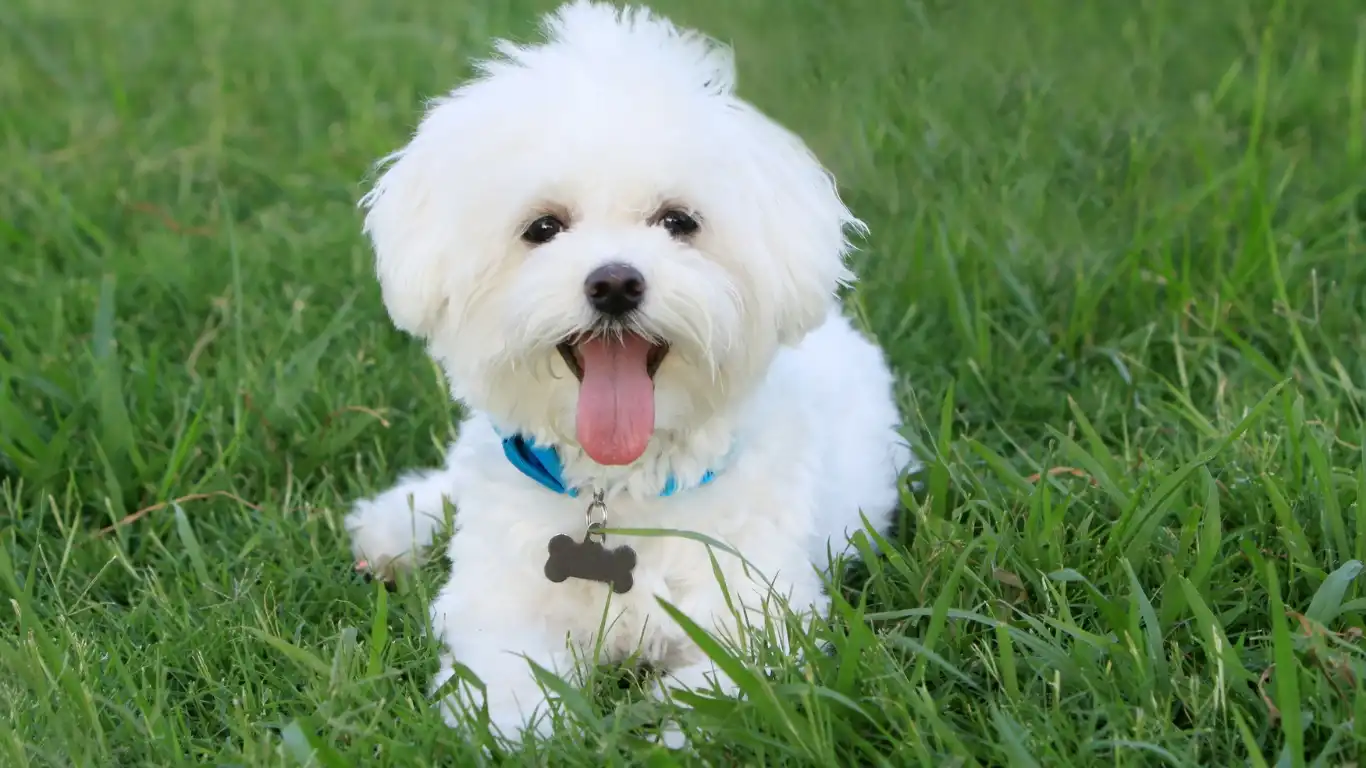
Once you’ve created a safe space and started short separations, the next step is to actively train your dog to feel more confident when alone. Over my years as a Veterinary Technician, I’ve seen how training with kindness and consistency can truly transform anxious dogs. It’s not about quick fixes but about gently rewiring their emotions.
Practice the “Stay” Command
Teaching your dog a reliable stay command is a powerful tool in helping them feel secure. When your dog learns to stay calmly in one place, it builds trust and gives them a sense of control. Start by asking your dog to stay for just a few seconds while you’re in sight, then gradually increase the time and distance.
This slow buildup is critical—rushing this process can actually increase stress. I remember one case where a dog named Max was terrified of his owner leaving the room. By dedicating just five minutes daily to stay exercises, Max went from frantic to relaxed in about a month.
Desensitize Departure Cues
Dogs are super observant and often pick up on subtle signs that you’re about to leave—grabbing keys, putting on shoes, or picking up a bag. These little “departure cues” can trigger anxiety well before you even step out the door.
To reduce this, practice these actions randomly without leaving. For example:
- Pick up your keys and then sit back down instead of going out.
- Put on your coat and then take it off immediately.
- Open the door and close it without leaving.
Doing these frequently and unpredictably helps your dog learn that these cues don’t always mean you’re leaving forever.
Use Positive Reinforcement
Reward calm behavior with treats, praise, or playtime. When your dog stays relaxed during your departures or alone time, let them know they’re doing great. This positive reinforcement strengthens the message that being alone isn’t scary but actually rewarding.
From personal experience, treats are a great motivator but don’t underestimate the power of a soothing voice or gentle petting when you’re back home—those emotional connections matter just as much.
Environmental Adjustments to Help Your Dog Feel Less Alone

Sometimes, changing the environment can make a huge difference in how your dog copes with alone time. Here are some easy but effective tweaks I recommend:
Keep a Consistent Routine
Dogs thrive on predictability. Establishing a daily schedule for walks, meals, play, and rest can ease anxiety because your dog knows what to expect. I often tell pet parents to treat this like a human’s routine — when you know what’s coming, you feel safer and more relaxed.
Leave Background Noise On
For many dogs, total silence is unsettling. Leaving the TV, radio, or a white noise machine on can create a comforting “presence” that helps mask noises outside which might otherwise startle them.
Consider Doggy Daycare or a Pet Sitter
For dogs with severe separation anxiety, having a companion or someone checking in can be a lifesaver. While not always feasible, if your schedule allows, occasional daycare or a trusted pet sitter can provide social interaction and reduce loneliness.
Exercise Before Alone Time
Exercise is one of the best natural anxiety busters. A tired dog is less likely to get worked up about being alone. Before you leave, a good walk or some playtime can help your dog relax and even nap during your absence.
In my practice, I often recommend at least 30 minutes of physical activity prior to a longer separation whenever possible—it really sets the stage for calmer behavior.
When to Seek Professional Help

Sometimes, even with your best efforts, your dog’s anxiety might need extra help. If your dog’s fear of being alone is causing extreme distress or destructive behavior, it’s time to reach out to a professional.
- Veterinarians can assess if there’s an underlying medical issue contributing to anxiety and discuss medication or supplements that might help.
- Certified Applied Animal Behaviorists or Veterinary Behaviorists specialize in behavioral therapy tailored to your dog’s specific needs.
- Professional dog trainers with experience in anxiety and separation issues can provide hands-on guidance and training plans.
In many cases, a combination of behavior modification, environmental management, and, if necessary, medication, can turn a once-panicked pup into a confident companion.
Remember, every dog is unique, and there’s no one-size-fits-all solution. From my personal journey helping dogs and their families, the key is to stay patient, observant, and loving throughout the process. Your dog feels your emotions too, so the calmer and more positive you are, the better they’ll adjust.
Nutrition’s Role in Calming an Anxious Dog
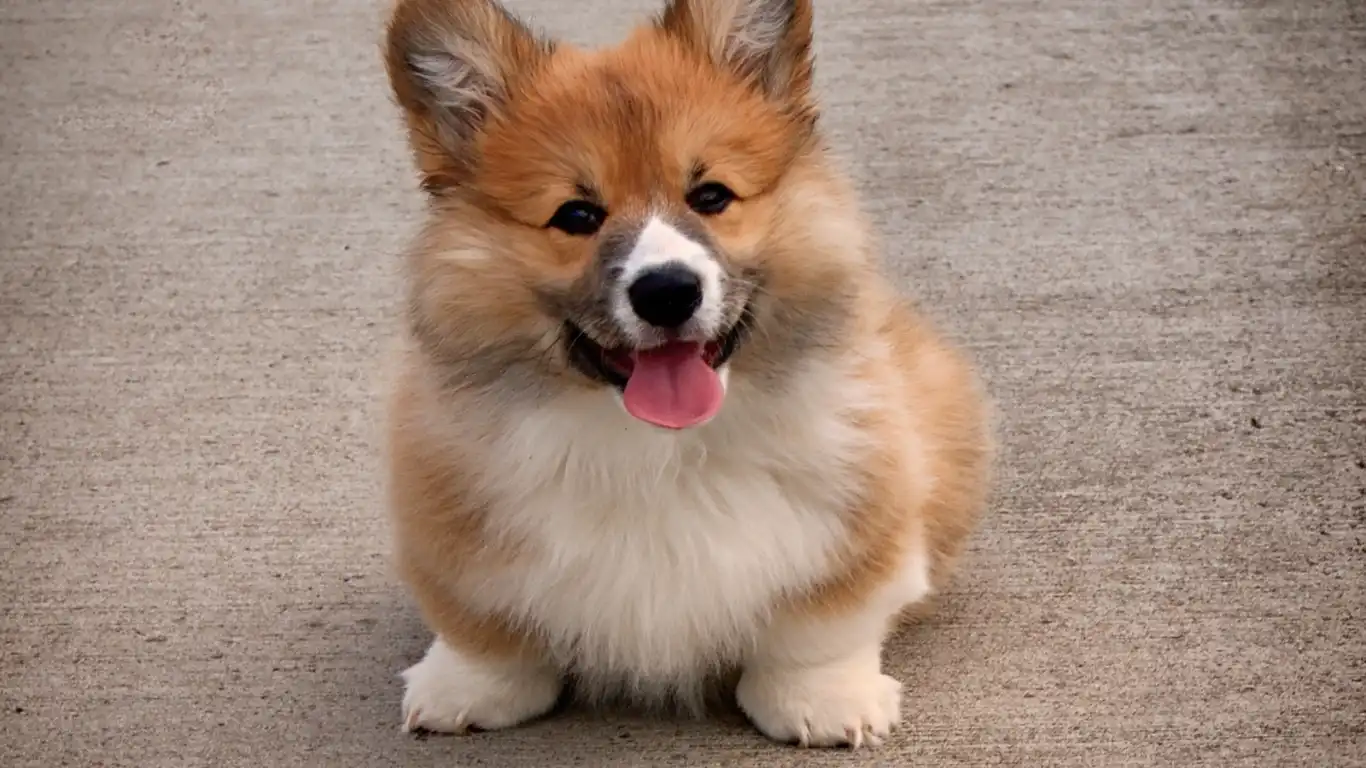
As someone who’s spent years specializing in veterinary nutrition, I can’t stress enough how diet plays into your dog’s emotional health. It’s not just about filling their belly—it’s about feeding their brain and body the nutrients that support calmness and resilience.
Research shows that certain nutrients can help regulate mood and reduce anxiety in dogs. For example, omega-3 fatty acids, found in fish oils, have anti-inflammatory properties that support brain function and can ease nervous behaviors. Additionally, antioxidants and B vitamins contribute to healthy brain chemistry.
When working with anxious dogs, I often recommend a high-quality diet rich in these nutrients. If your dog is a picky eater or has dietary restrictions, supplements like fish oil capsules or calming blends containing ingredients like L-theanine or valerian root may be useful—but always chat with your vet before adding anything new.
From my experience, it’s a team effort: nutrition combined with behavioral strategies creates the best foundation for long-term anxiety relief.
Simple Nutrition Tips to Help Your Dog Cope
- Choose high-quality, balanced dog food: Look for real meat as the first ingredient and avoid fillers like corn and soy.
- Include omega-3 fatty acids: These help support brain health and calmness.
- Consult your vet about supplements: Natural calming aids like chamomile or tryptophan can be beneficial but should be used responsibly.
- Keep feeding times consistent: Regular meal schedules help reduce overall stress and give your dog a sense of stability.
Everyday Habits to Build Your Dog’s Confidence
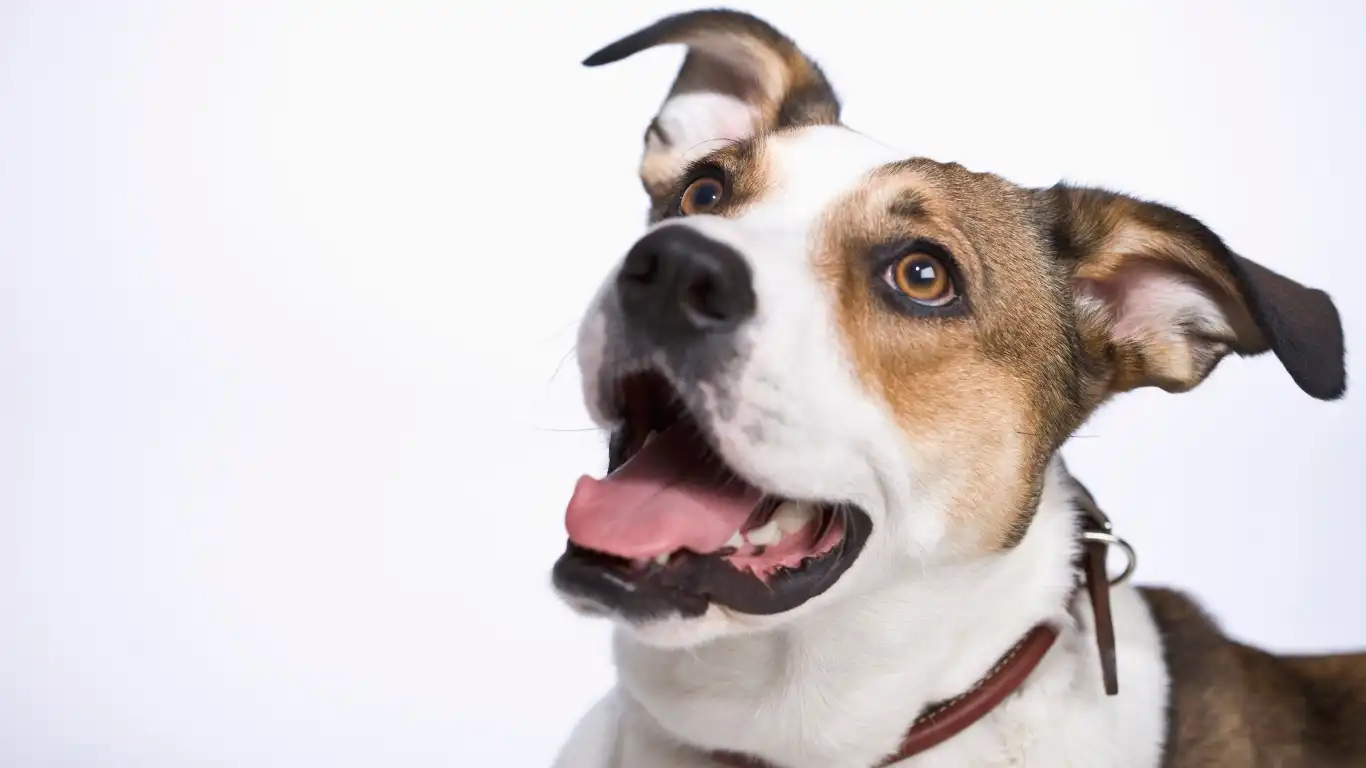
Comforting a dog that’s afraid of being alone goes beyond training sessions or special diets—it’s also about the little things you do every day. Building your dog’s confidence steadily and lovingly can make a huge difference in how they cope.
Positive Socialization
Whenever possible, expose your dog to new, safe experiences. This could be meeting friendly dogs, exploring new environments, or hearing different sounds. The goal is to gently expand their comfort zone so they feel less threatened by change and uncertainty.
From my own work, I’ve seen shy dogs blossom after consistent, positive social interactions. Just be sure to go at your dog’s pace—forcing it can backfire.
Establish Predictable Goodbye and Hello Routines
I can’t tell you how many times I’ve witnessed dog parents unintentionally reinforcing anxiety by making a big deal when leaving or coming home. Calm, low-key greetings and departures help signal to your dog that your comings and goings are normal and nothing to get worked up about.
Offer Plenty of Mental Stimulation
Keeping your dog’s mind busy helps reduce anxiety by redirecting their energy. Puzzle toys, obedience training, and even simple games like hide-and-seek can do wonders. It’s fun for both of you and strengthens your bond too.
Practice Patience and Celebrate Small Wins
Remember, overcoming fear takes time. Celebrate every moment your dog shows progress, no matter how small. Your encouragement and steady presence are priceless to your dog’s emotional growth.
Resources and Further Reading
- American Kennel Club (AKC) — Tips on dog behavior and training.
- ASPCA — Resources on pet care and anxiety management.
- American Veterinary Medical Association (AVMA) — Professional guidance on animal health and behavior.
Disclaimer
The information provided in this article is intended for educational purposes only and should not replace professional veterinary advice. If your dog exhibits severe anxiety or behavioral problems, please consult a licensed veterinarian or a certified animal behaviorist for tailored diagnosis and treatment. Always discuss any new supplements, medications, or significant diet changes with your vet before implementation.
